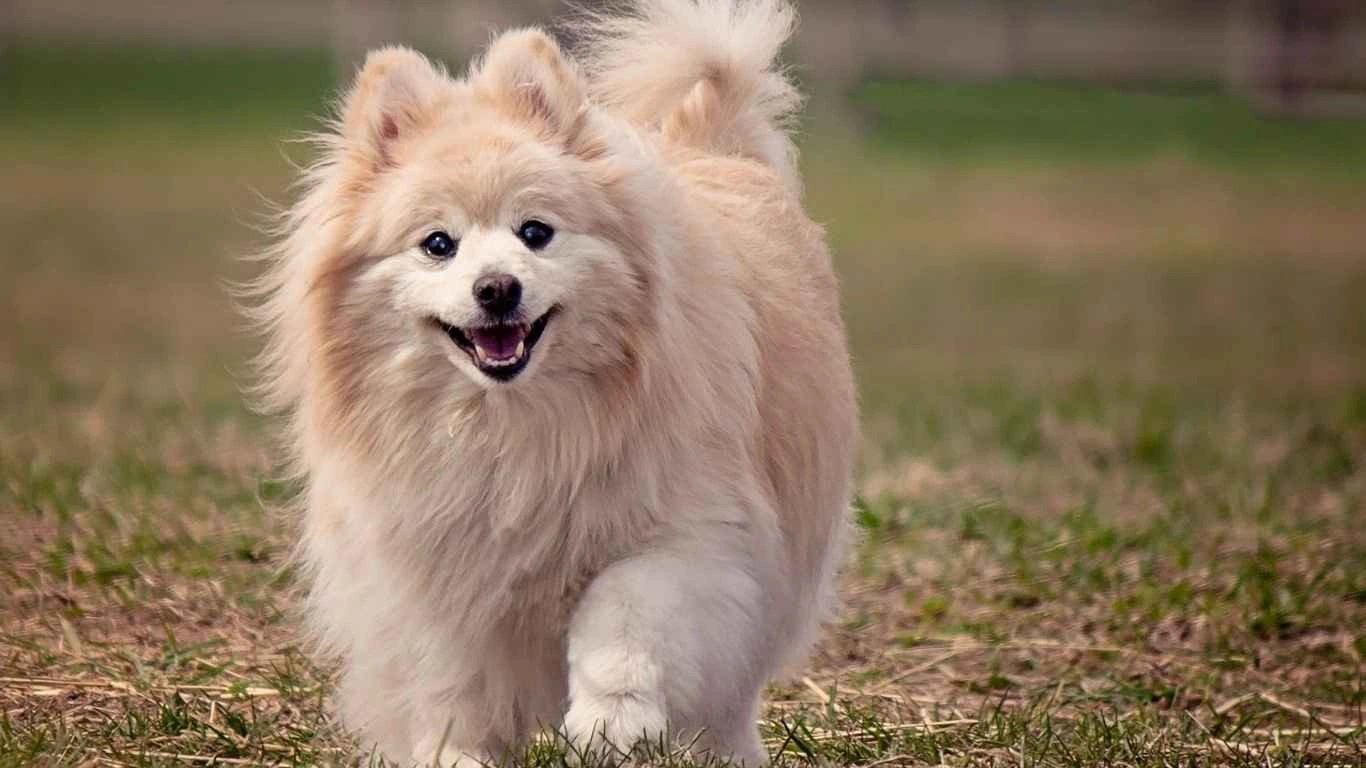Can Dogs Eat Cooked Crab Meat? The Truth Every Dog Owner Should Know
So, you’ve just finished a seafood dinner and your dog is giving you those big, hopeful eyes. And you’re wondering: can dogs eat cooked crab meat? As an Animal Care Specialist who’s spent years working in pet clinics and animal shelters, I’ve had this question pop up more times than I can count. And let me tell you—it’s not as straightforward as a yes or no. I’ve seen pet parents feed their dogs all kinds of “people food,” and sometimes that’s okay… but other times, it’s a trip straight to the vet. Let’s break it down together in a chill, no-fluff way so you know exactly what’s safe and what’s not when it comes to feeding your pup crab.
Is Cooked Crab Meat Safe for Dogs?
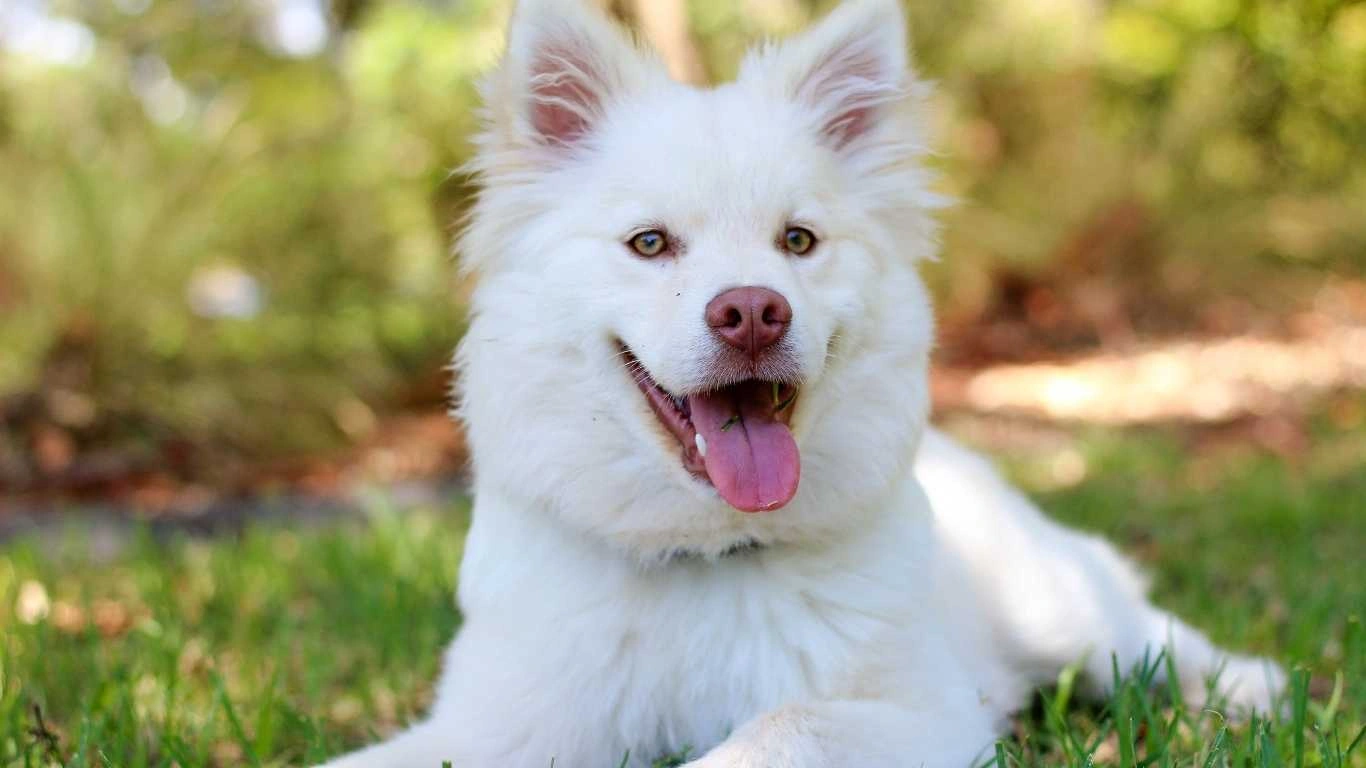
Short answer? Yes, cooked crab meat can be safe for dogs—but with a few big “ifs.” You’ve got to prepare it the right way, watch the portion size, and be aware of your dog’s specific health conditions or allergies. I’ve had cases at the clinic where a little crab went just fine, and others where it caused digestive upset or worse. So, let’s walk through it.
First Things First: It MUST Be Cooked
Raw crab is a hard no. It can carry parasites like paragonimus (a type of lung fluke), and trust me, you don’t want to deal with that. Cooked crab, however, when it’s plain and free from butter, garlic, onions, or heavy seasoning, can actually be a protein-rich treat for some dogs.
The Nutritional Lowdown
Crab meat is a solid source of lean protein, vitamins like B12, and minerals like zinc and selenium. All of which can be beneficial in moderation. In fact, back at the shelter I worked at, we used to make little homemade “crab bites” for our more sensitive-stomach pups. They loved it—and it was gentle enough for their systems when done right.
- Protein: Great for muscle maintenance
- Omega-3s: Supports coat health and joints
- Vitamin B12: Helps with energy and digestion
- Zinc: Good for the immune system and skin health
When Cooked Crab Meat Can Be Harmful
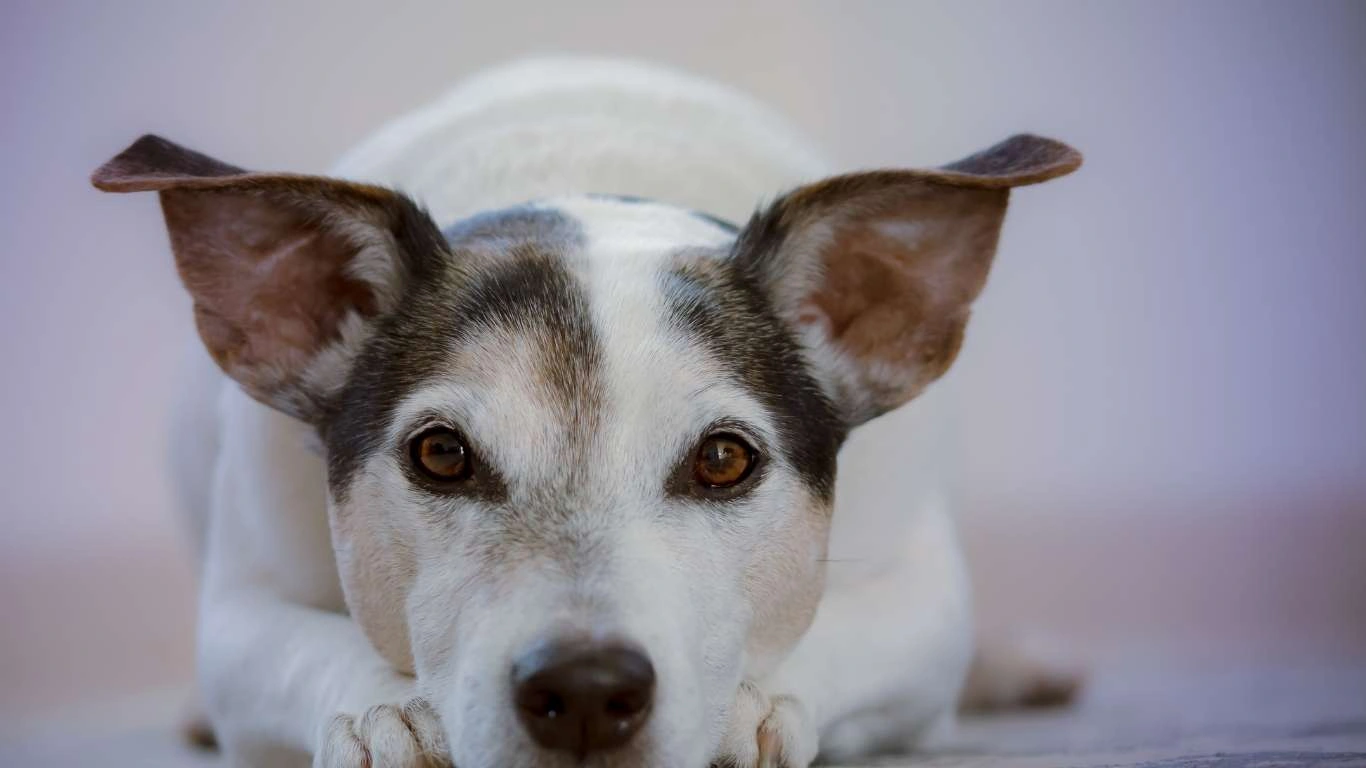
Okay, now for the flip side. Not every pup will handle crab like a champ. Some dogs can be allergic to shellfish (yep, just like people). And a lot of the crab meat you buy from stores isn’t just plain crab—it might be packed with preservatives, sodium, and even artificial flavoring. That stuff can mess with your dog’s digestion or even spike their blood pressure.
Common Reactions to Watch Out For
Back at the clinic, I saw a Cocker Spaniel come in after eating a crab leg his owner dropped on the floor. He broke out in hives within an hour. Another time, a big ol’ Labrador scarfed down a bunch of imitation crab sticks (which are mostly just processed fish and fillers), and he ended up with diarrhea for two days. Not fun for anyone.
If you see any of these, call your vet immediately.
Imitation Crab vs. Real Cooked Crab Meat
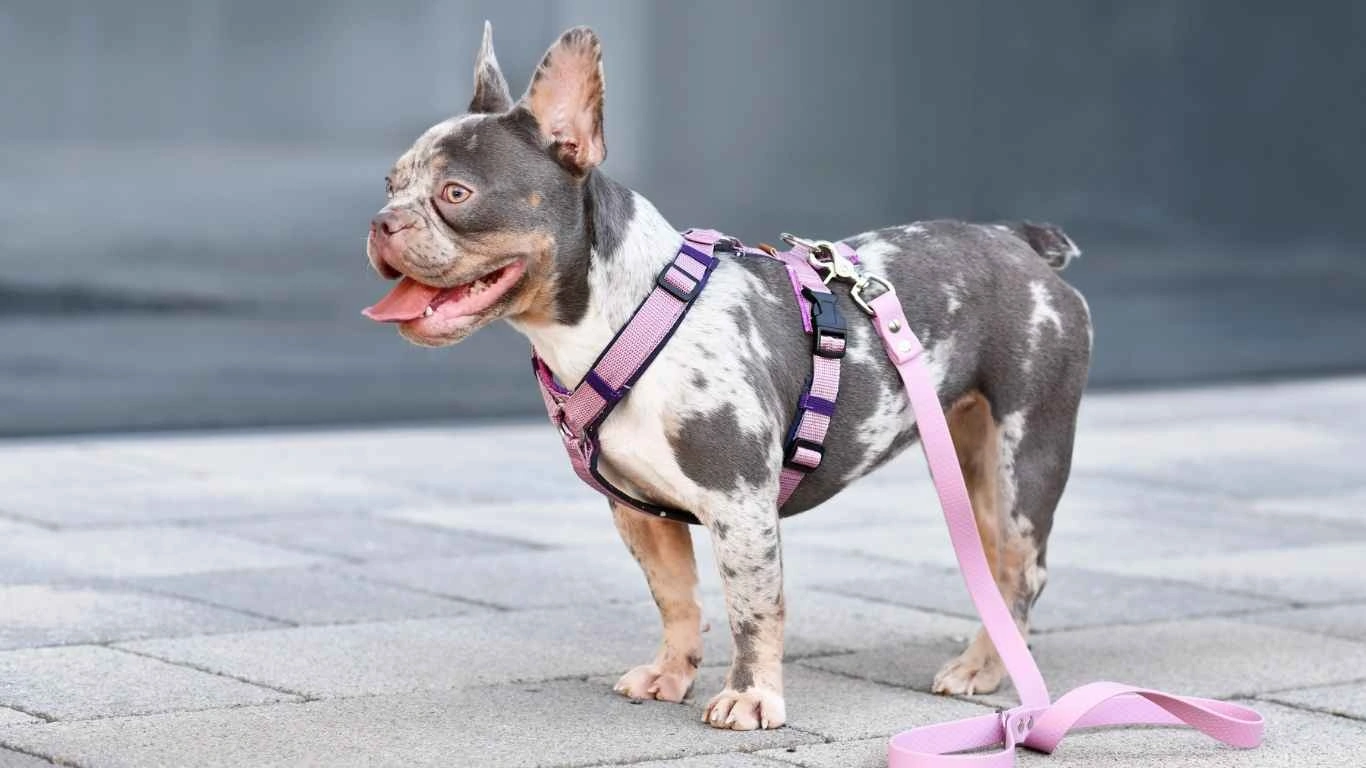
This one’s a little tricky. Imitation crab, or “surimi,” is that rubbery stuff made from processed white fish (usually pollock), sugar, salt, and additives. It’s cheaper, sure—but it’s not the best idea for dogs. I’ve seen more GI upset from imitation crab than real crab, probably because of all the sodium and preservatives in it.
Pro tip: If you wouldn’t eat it plain and unseasoned, your dog shouldn’t either.
What About Crab Shells?
Let’s just say… no. Hard no. Crab shells can splinter and cause serious damage to your dog’s mouth, throat, or intestines. One of the worst emergencies I saw at the shelter was a husky that swallowed a crab claw whole—he needed surgery to remove it. So, yeah… skip the shell, always.
In the next section, we’ll go into how much crab meat is safe, how to introduce it slowly, and how to turn it into a healthy, dog-safe treat. But first, just know: if you’re gonna share your seafood feast with your furry best friend, a little knowledge (and a lot of plain, cooked crab) goes a long way.
How Much Cooked Crab Meat Can Dogs Eat?
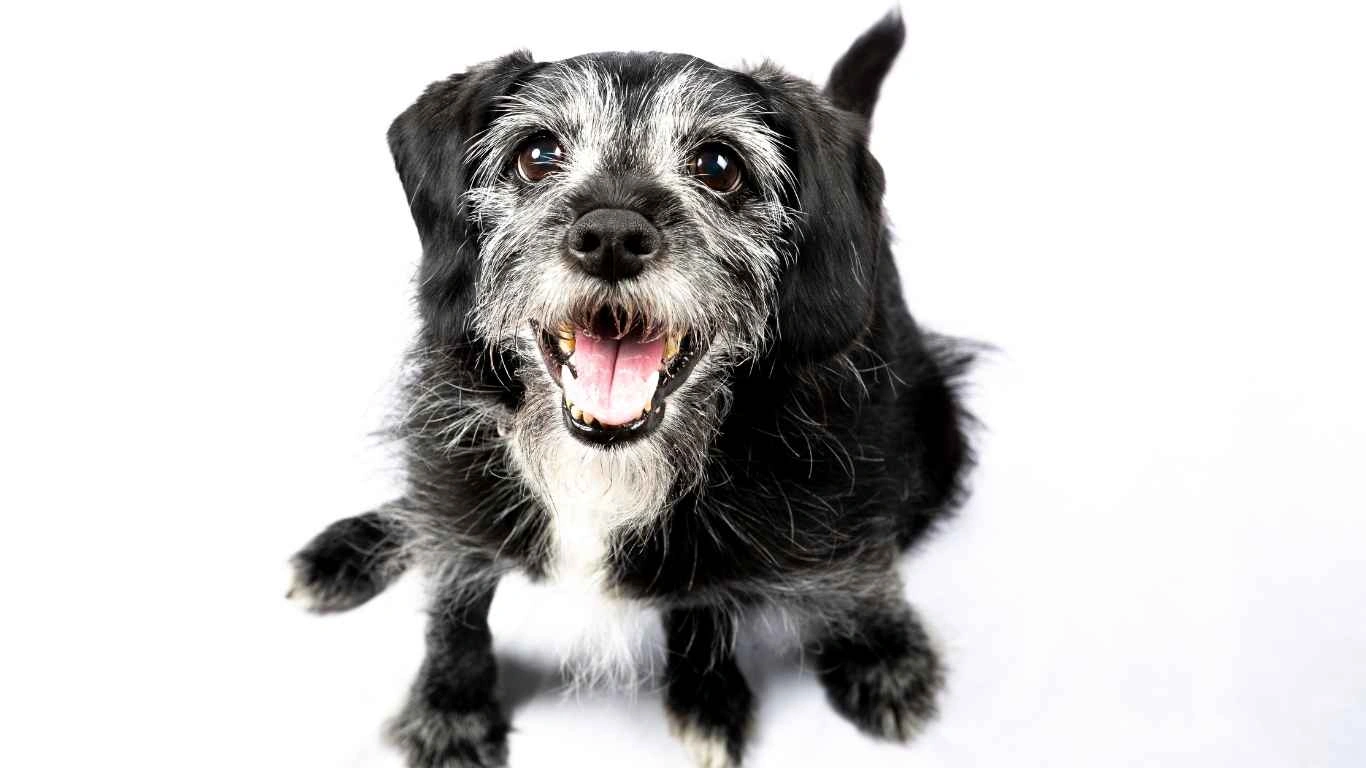
Alright, so now that we’ve cleared the air on safety and nutrition, the next thing you’re probably wondering is, “How much cooked crab meat is actually okay for my dog?” Great question—and I always tell pet parents to think of crab as a treat, not a meal. It should be a small part of your dog’s diet, not a major source of protein or calories.
Back when I worked in the shelter, we followed a pretty simple rule of thumb for human food: 90/10 rule. That means 90% of your pup’s daily intake should come from their balanced dog food, and only 10% should be treats or extras like crab meat.
- Small dogs (under 20 lbs): Up to 1-2 teaspoons occasionally
- Medium dogs (20-50 lbs): Up to 1-2 tablespoons
- Large dogs (50+ lbs): Up to 3 tablespoons max
But remember, every dog is different. I had a bulldog patient named Charlie who had a super sensitive stomach. Even a spoonful of crab sent him into a gas attack that cleared the whole waiting room. So it’s always best to start small and observe.
How to Introduce Cooked Crab Meat to Your Dog
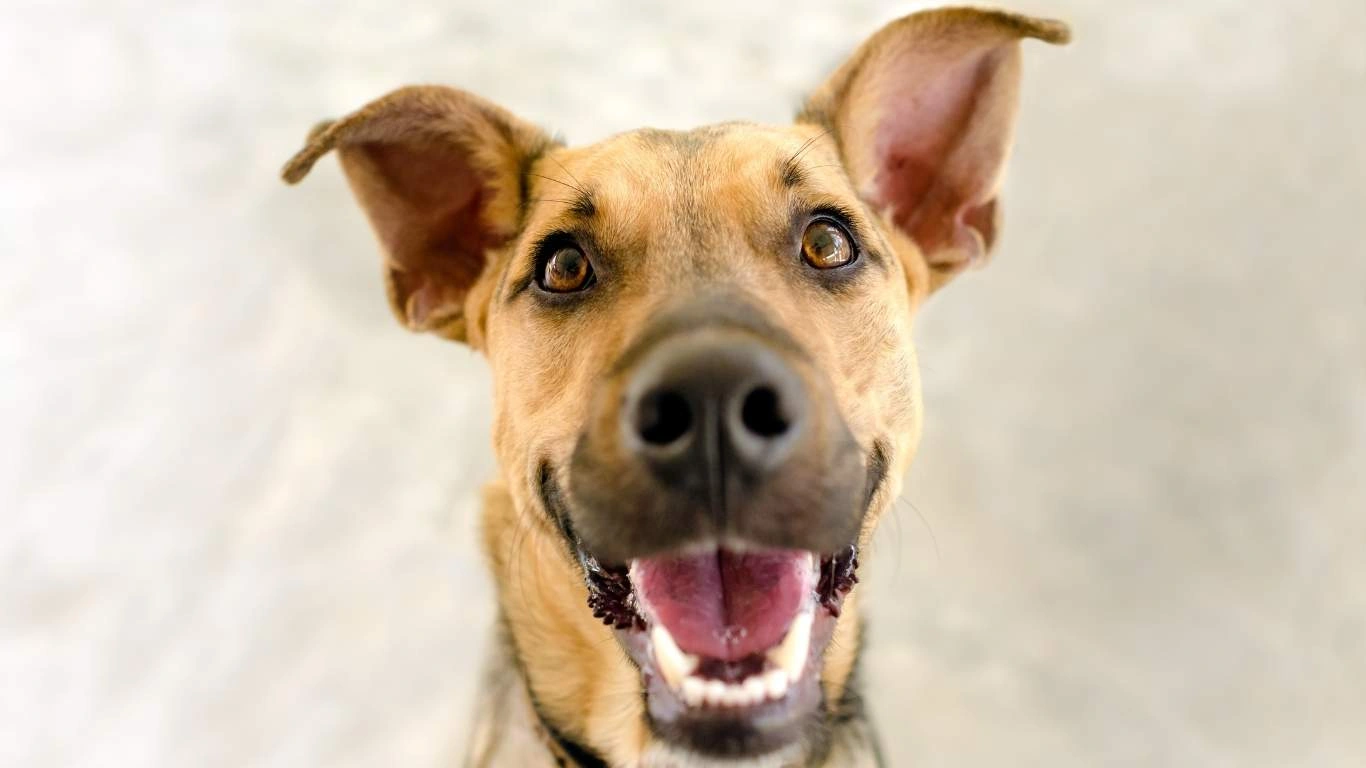
If your dog has never had crab before, don’t just toss a whole claw into their bowl and hope for the best. You want to ease into it. Trust me, I’ve seen enough gastrointestinal surprises to last a lifetime.
Here’s how I recommend introducing it:
- Start with a tiny amount—like a pea-sized piece.
- Watch for reactions over the next 24 hours (itchiness, upset stomach, lethargy).
- If all goes well, you can offer a slightly larger amount next time—no more than once or twice a week.
And absolutely no seasoning. I know it’s tempting to share that buttery garlic crab from your plate, but anything with garlic, onion, salt, or rich oils can be straight-up toxic for dogs. Just give them plain, steamed or boiled crab meat, and they’ll still think they won the lottery.
Fun, Dog-Safe Ways to Serve Crab Meat

Okay, now for the fun part. If your dog handles crab well and you want to get a little creative, there are some super easy and safe ways to incorporate it into their diet as a treat. I’ve whipped up a few of these back in the shelter kitchen and even the pickiest pups went nuts for them.
My Top 3 Dog-Friendly Crab Recipes:
- Crab Pupcakes: Mix plain crab meat with mashed sweet potato, an egg, and a bit of oat flour. Spoon into mini muffin tins and bake for 20 mins at 350°F.
- Frozen Crab Treats: Blend crab meat with plain Greek yogurt and freeze in silicone molds. Perfect for hot summer days!
- Crab-Topper: Just sprinkle a teaspoon of plain crab over your dog’s kibble to add flavor and protein.
Quick tip: Always refrigerate leftover crab and toss any unused portions after 2-3 days to avoid bacterial growth. Dogs can get food poisoning too, and it’s not pretty—vomiting, diarrhea, even fever.
Benefits of Cooked Crab Meat for Dogs (When Given Responsibly)
While it’s definitely not a daily essential, cooked crab meat does have some neat perks when given sparingly. In my experience, dogs who are older or dealing with picky appetites often respond well to a little crab mixed into their meals. It can help spark their interest in food and give a gentle protein boost.
- Lean protein helps build muscle without packing on extra weight.
- Omega-3 fatty acids support skin and coat health—especially for allergy-prone dogs.
- Vitamin B12 supports nerve health and energy metabolism.
- Low fat (when plain) makes it an okay choice for dogs on weight management diets.
That said, I always tell folks: crab is a supplement, not a substitute. It’s not a replacement for high-quality commercial or vet-recommended dog food. Think of it like giving your pup a special bonus snack, not a core meal.
In the next section, I’ll dive into some frequently asked questions I hear all the time—from “Can puppies have crab?” to “What if my dog stole crab off the table?” Trust me, we’ve seen it all. And I’ll help you figure out what to do if your furry buddy gets a little too curious about your seafood platter.
Frequently Asked Questions About Dogs and Cooked Crab Meat

Over the years, I’ve fielded a ton of questions from pet parents standing at my clinic’s front desk, crab meat in hand (or in their dog’s belly). Let’s tackle a few of the most common ones I get asked—because if you’re wondering, someone else probably is too.
Can puppies eat cooked crab meat?
Technically, yes—but I usually recommend holding off until your pup’s at least six months old. Puppies have more sensitive digestive systems and need precise nutrition for growth. Introducing something like crab meat too early could throw off their balance or trigger food allergies. If your pup is older and you’re eager to try, just offer a tiny, plain, cooked piece and monitor closely.
What if my dog stole crab off the table?
Been there. I once had a Labrador patient named Max who snatched an entire crab leg off the kitchen counter when his owner turned away for two seconds. Classic. If your dog got a small amount of plain, cooked crab, don’t panic. But if the crab was seasoned, buttered, or came with shells, call your vet to be safe. Watch for vomiting, diarrhea, or signs of choking or blockage.
Is imitation crab meat safe for dogs?
This one’s tricky. Imitation crab (a.k.a. surimi) isn’t toxic, but it’s heavily processed and full of salt, additives, and sometimes artificial coloring. Not ideal for dogs, especially long-term. I usually say skip it. If you’re going to share a treat, go for the real deal in small, safe amounts.
Can dogs be allergic to crab?
Absolutely. Shellfish allergies in dogs aren’t super common, but they do happen. Signs of a reaction can show up pretty quickly and include:
- Itchy skin or red patches
- Swollen lips or paws
- Digestive upset—vomiting or diarrhea
- Breathing difficulties (rare but serious)
If you ever notice these symptoms after introducing crab, stop feeding it immediately and contact your vet. Don’t wait it out—shellfish allergies can escalate fast.
Signs Crab Meat Isn’t Sitting Right With Your Dog
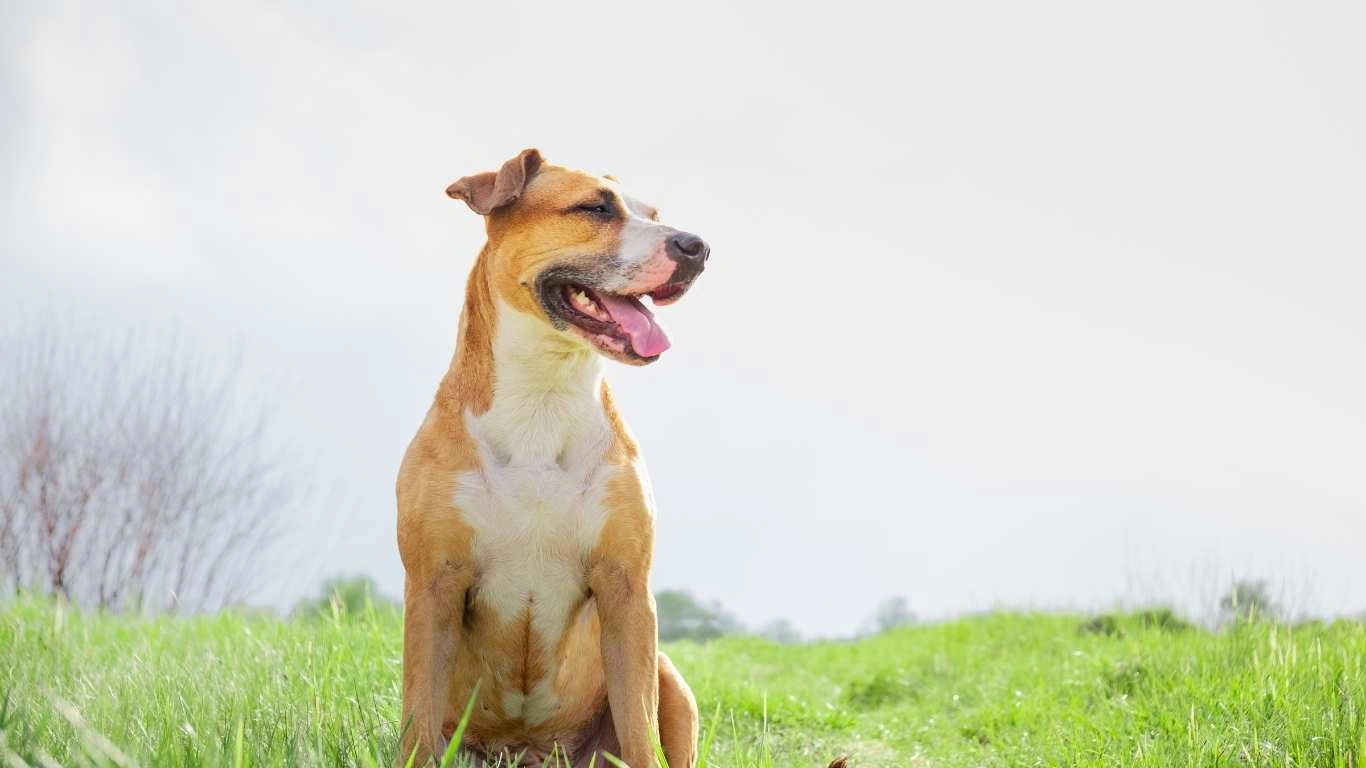
Even if you do everything right—cook the crab, serve it plain, watch the portions—some dogs just don’t tolerate it well. From my time in both shelters and pet clinics, I’ve seen how varied dog digestion can be. One pup will be totally fine, while another has a bad reaction to even a small amount.
Here are a few red flags that your dog’s tummy isn’t a fan of crab meat:
- Loose stools or frequent bowel movements
- Excessive drooling or lip licking (can signal nausea)
- Lethargy or lack of appetite after eating
- Excessive gas (your nose will know)
If any of these show up, lay off the crab for a while and go back to their regular food. If symptoms persist more than 24 hours, give your vet a call just to be sure.
Final Thoughts: Can Dogs Eat Cooked Crab Meat Safely?
So, to bring it full circle—yes, dogs can eat cooked crab meat when it’s served correctly: plain, fully cooked, in moderation, and without shells or seasonings. I’ve seen plenty of dogs enjoy it as a high-value treat or meal topper. It’s rich in lean protein, B12, and omega-3s—which all support a healthy coat, strong muscles, and energy. Just remember, it’s not a staple food and it definitely isn’t for every dog.
My best advice? Know your dog. If they’ve got a sensitive stomach, history of allergies, or you’re ever in doubt, check in with your vet before adding new foods to their diet. Every pup’s body is different, and what works great for one might not be the best choice for another.
References
- https://www.avma.org
- https://www.aspca.org
- https://www.gastro.org
- https://www.petmd.com
- https://www.fda.gov
Disclaimer
This content is for informational purposes only and is not intended to replace professional veterinary advice, diagnosis, or treatment. Always consult with your veterinarian before introducing new foods into your dog’s diet, especially if your pet has existing health conditions or dietary restrictions.
